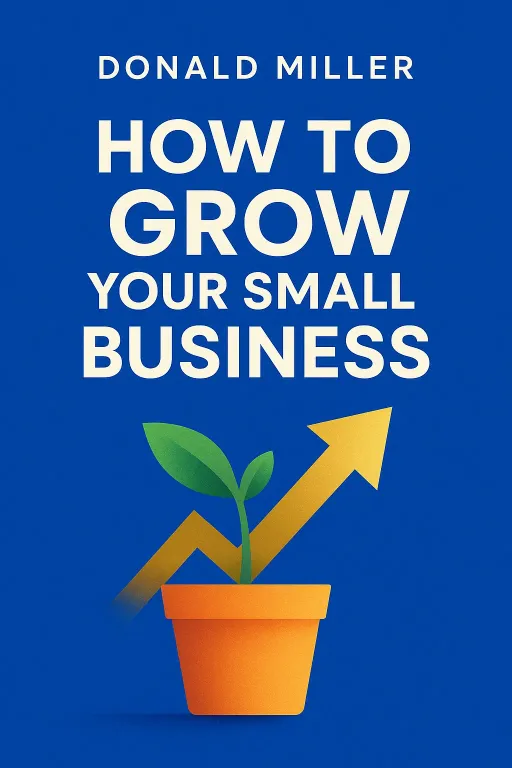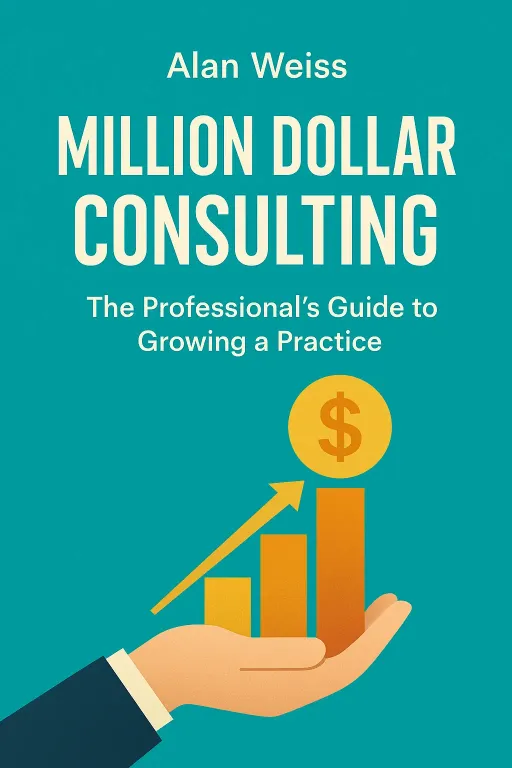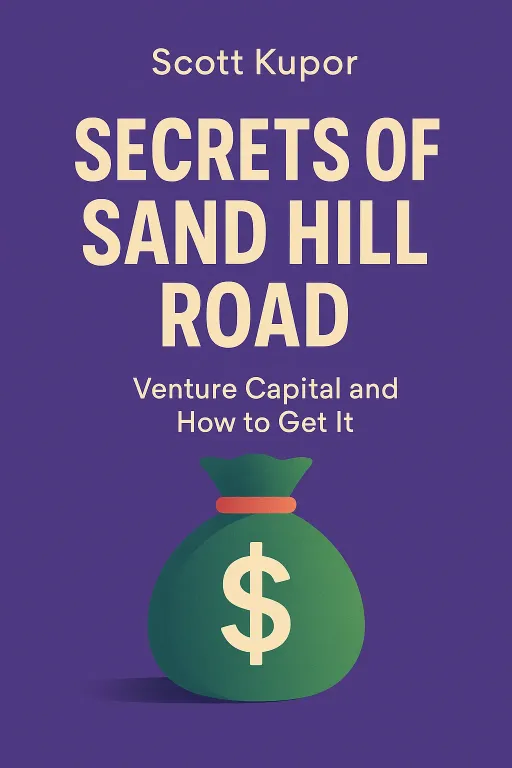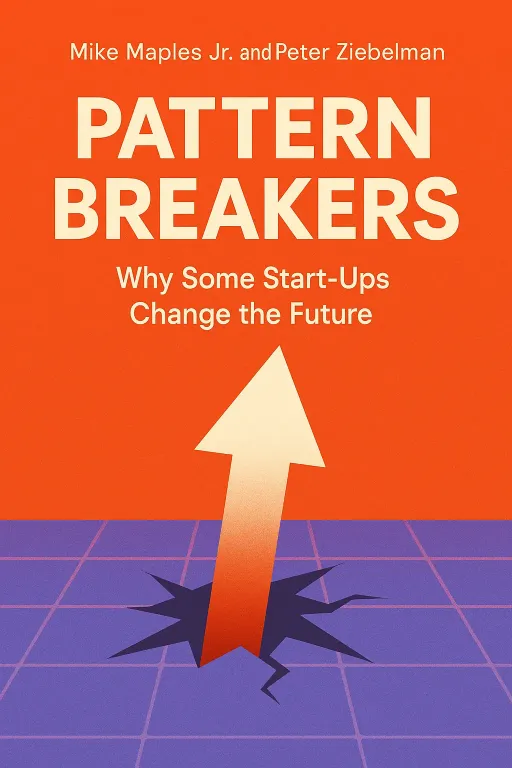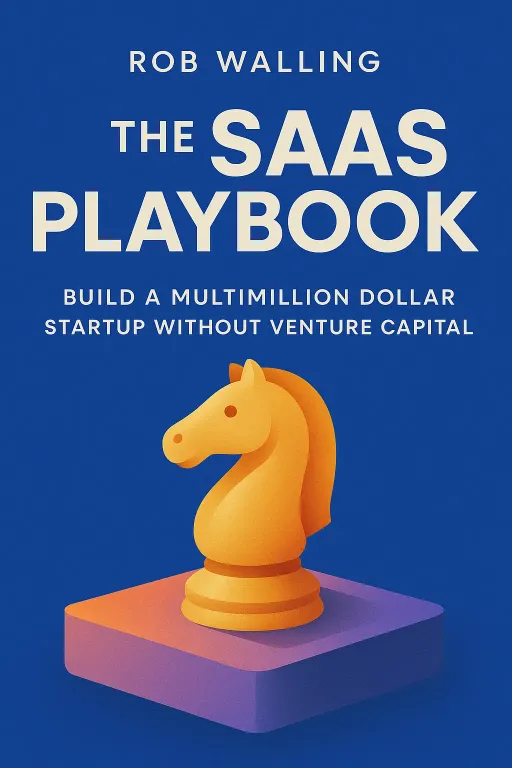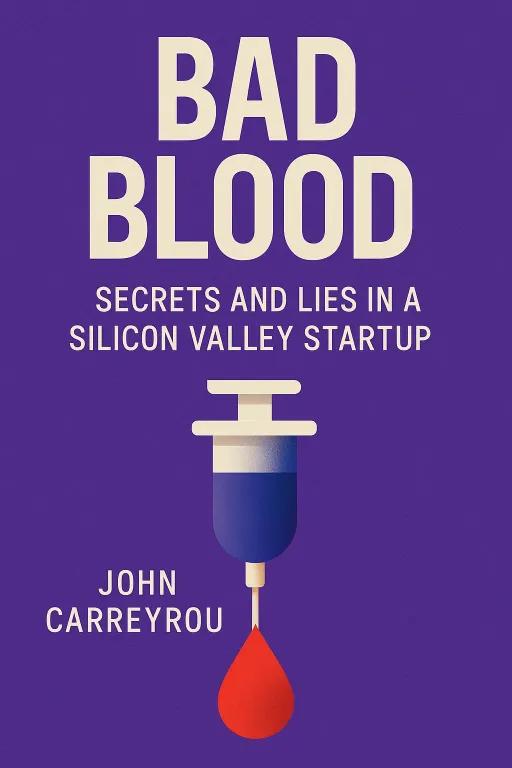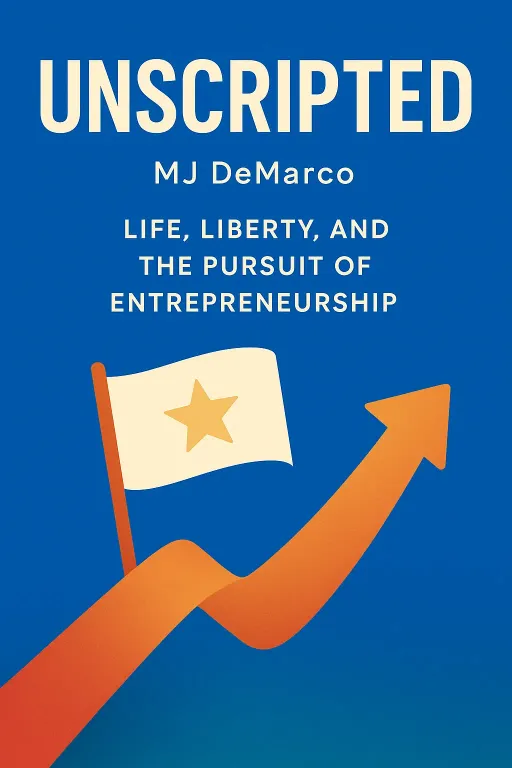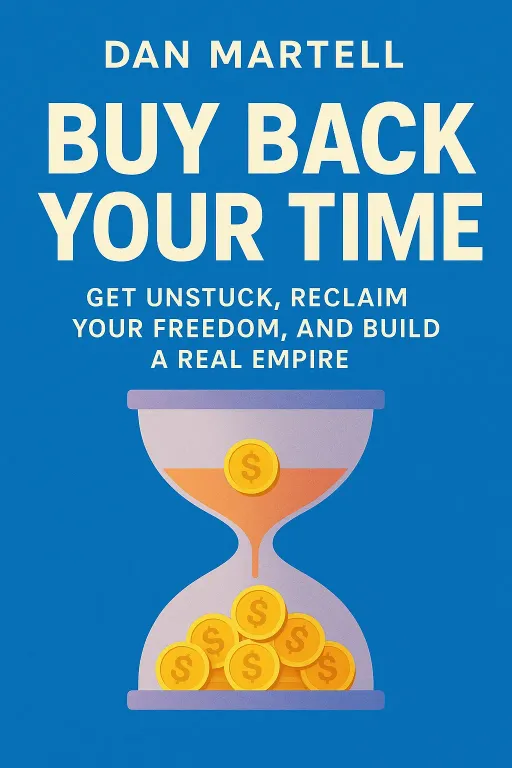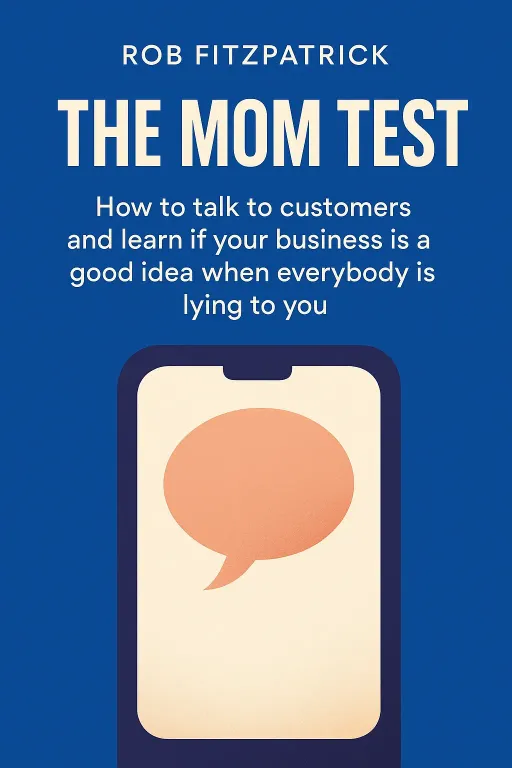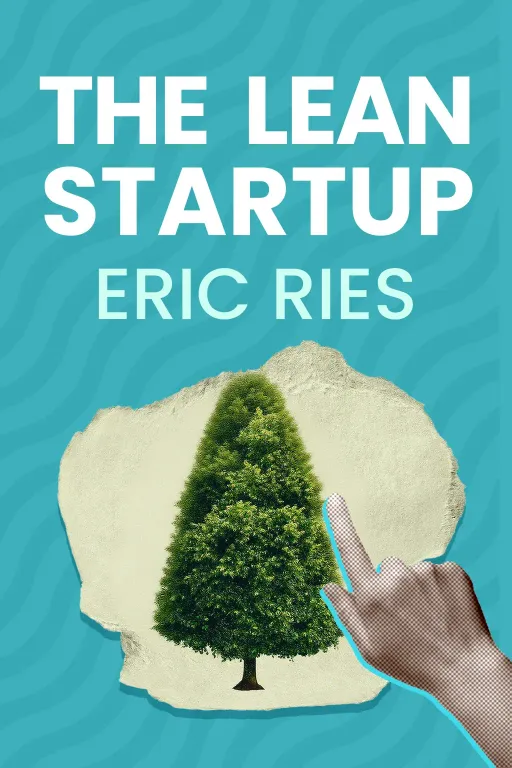
The Startup of You: Testing Your Way to Truth
12 minGolden Hook & Introduction
SECTION
Socrates: Imagine you have a billion-dollar idea: selling shoes online. Now, this is back in the late 90s, when the very idea felt absurd to most people. What's your first step? Do you write a hundred-page business plan, detailing every market projection for the next decade? Do you try to raise millions of dollars from investors? Do you build a massive, state-of-the-art warehouse and e-commerce site? The founder of Zappos, Nick Swinmurn, did none of that. He walked into a local shoe store with a camera. That simple act, that one decision, contains the secret to why most brilliant ideas fail, and why a few, against all odds, succeed.
Aibrary6zgy7f: That’s a fantastic starting point, because it’s so deeply counter-intuitive. Everything we're taught about big projects screams 'prepare, plan, perfect'. The idea of starting with such a small, almost trivial-seeming action feels like you're not taking it seriously. But I have a feeling that's exactly the point.
Socrates: That is precisely the point. And today, we're going to unpack that secret using Eric Ries's 'The Lean Startup' as our guide. We're here with Aibrary6zgy7f, whose analytical mind is perfect for dissecting these kinds of ideas. We're not going to treat this as a business book, but as a manual for thinking. And we'll tackle this from two angles. First, we'll explore why the most effective path forward often begins with a simple, small experiment rather than a grand, detailed blueprint. Then, we'll discuss the crucial, and often difficult, discipline of 'validated learning'—how to ensure we're learning what's true, not just what we want to hear.
Deep Dive into Core Topic 1: The Experiment Over the Blueprint
SECTION
Socrates: So, Aibrary6zgy7f, you said it feels wrong to start so small. Our instinct is to build the entire cathedral. But Ries argues that in any situation of extreme uncertainty—whether it's a new business, a new career path, or a creative project—a detailed plan is often just a collection of unproven guesses. It’s a work of fiction. Let's fully unpack that Zappos story to see what he means.
Aibrary6zgy7f: Please do. I want to get into the mechanics of that camera-in-a-shoe-store moment.
Socrates: Absolutely. So, Nick Swinmurn was frustrated. He couldn't find the shoes he wanted online. He had this grand vision for a huge online shoe retailer with an incredible selection and amazing customer service. The traditional path would be to write a plan, get funding, build the infrastructure, stock inventory, and then, finally, launch the website and hope people came. The risk is enormous. You could spend millions and years of your life only to discover a fatal flaw in your thinking on day one.
Aibrary6zgy7f: The fatal flaw being the core assumption that people would ever be comfortable buying shoes without trying them on first.
Socrates: Exactly. That was the single biggest leap of faith. So, instead of building anything, Swinmurn decided to run an experiment to test that one assumption. He went to local shoe stores and asked the owners if he could take pictures of their shoes. He promised that if he sold a pair, he would come back and buy them from the store at full retail price. He then put these photos on a very simple, basic website. When an order came in, he would physically run to the shoe store, buy the shoes, and then go to the post office and ship them himself.
Aibrary6zgy7f: Wow. So he had no inventory, no warehouse, no custom software. He was losing money on every sale, technically. The business itself was completely unsustainable.
Socrates: Completely. But he wasn't trying to build a business yet. He was trying to answer one question: "Will people buy shoes from a picture on a website?" The goal of his first product—which Ries would call a Minimum Viable Product, or MVP—wasn't to make money. It was to generate data. To learn.
Aibrary6zgy7f: That reframing is so powerful. The genius wasn't the idea of selling shoes online, but the design of the test. He isolated the single most critical risk—the customer behavior—and designed an experiment to test only that. It's the principle of a controlled experiment from science. You don't test ten variables at once; you design a test for the one variable that could kill the whole project. It's about seeking falsifiability. He created a test that could have easily, cheaply, and quickly proven his entire idea wrong.
Socrates: That's a perfect connection. He was trying to prove himself wrong. And this concept of the MVP, the minimum thing you can do to start learning, applies everywhere. Ries gives another great example with Dropbox. The founders, Drew Houston and Arash Ferdowsi, had an idea for a seamless file-syncing service. But the technology was incredibly complex to build. It would have taken them a year or more just to get a prototype working.
Aibrary6zgy7f: Another situation of extreme uncertainty. They had no idea if people would even understand it, let alone want it.
Socrates: Right. So what did they do? They made a three-minute video. It was just a simple screencast, narrated by Drew Houston, showing how the product would work. It showed a file being dropped into a folder on one computer and then magically appearing on another. They faked the entire thing. They didn't write a single line of the core syncing code. They just made a video.
Aibrary6zgy7f: That's even more abstract than Zappos. The product wasn't even a product; it was a demonstration of a product. It feels like they're not testing the solution, but testing the problem. They're asking, "Do people feel the pain of file syncing so acutely that they will get excited just by watching a video of a potential solution?" That is a much, much cheaper way to find out you're wrong.
Socrates: And find out they did. They posted the video to a tech-savvy online community, and their beta waiting list exploded overnight, from 5,000 people to 75,000. They had their answer. The problem was real. The pain was there. Now, and only now, was it worth building the actual product.
Deep Dive into Core Topic 2: Intellectual Honesty: The Science of 'Validated Learning'
SECTION
Socrates: And you used the perfect phrase there, Aibrary6zgy7f: "a cheaper way to find out you're wrong." That brings us to the second, and maybe even more difficult, idea in the book. It's one thing to run a test. It's another thing entirely to be honest about the results. Ries makes a sharp distinction between simple 'learning' and what he calls 'validated learning'.
Aibrary6zgy7f: I'm intrigued by that distinction. 'Learning' is such a positive word. How can it be a bad thing?
Socrates: It can be a trap. It's the classic excuse for failure. A project bombs, and the team says, "Well, it didn't work, but we learned so much!" Ries argues that's just a way to rationalize failure without changing anything. Validated learning is different. It's a rigorous, scientific process of demonstrating empirically that you have discovered a valuable truth about your idea. It's backed by data.
Aibrary6zgy7f: So it's the difference between an anecdote and a data set.
Socrates: Precisely. He uses his own company, IMVU, as the prime example. They spent six long months building their initial product. It was an add-on for existing instant messengers that would let you chat with your friends using 3D avatars. They launched it, and... crickets. Nobody used it. They had perfectly executed a completely flawed plan. Ries calls this "achieving failure."
Aibrary6zgy7f: They built the thing right, but they built the wrong thing.
Socrates: Exactly. Now, they could have said, "We learned people don't want IM add-ons." But that's not validated. So they started running real experiments. They began tracking their metrics with brutal honesty. One of the most important things they did was use cohort analysis. Instead of looking at a big, impressive number like "total registered users," they looked at the behavior of small groups—or cohorts—of customers who signed up in the same week.
Aibrary6zgy7f: Ah, so they could see, for the group that signed up in the first week of March, what percentage were still active by April? And compare that to the group from the second week of March?
Socrates: You've got it. And what they saw was terrifying. They were constantly improving the product, fixing bugs, adding features. But the data from the cohorts was flat. The percentage of new customers who actually paid for the service remained stuck at around 1%, no matter what they did. The product was getting better, but the business wasn't. That was a brutal, but true, metric. It was validated.
Aibrary6zgy7f: This is where it gets so psychologically difficult, isn't it? The vanity metrics, like total downloads or press mentions, feel good. They give you something to show your boss or your investors. But the cohort analysis is telling you the cold, hard truth: "People are trying your product, but they're not sticking around." Validated learning, then, seems to be a system designed to force intellectual honesty and to fight our own cognitive biases, especially confirmation bias—our tendency to only see the data that supports what we already believe.
Socrates: That is the perfect way to put it. It is a system against self-deception. And once they had this system, they could use it to settle debates not with opinions, but with data. There's a great little story where the team was arguing over how to market the product. Should they call it "avatar chat" or "3D instant messaging"? A classic, endless debate based on gut feelings.
Aibrary6zgy7f: Let me guess. They didn't argue for long. They ran an experiment.
Socrates: Of course. They ran a simple A/B test, a split-test. Half the visitors to their website saw the headline "Avatar Chat." The other half saw "3D Instant Messaging." They measured which group was more likely to sign up and, crucially, which group was more likely to eventually become a paying customer.
Aibrary6zgy7f: And the data gave them the answer.
Socrates: The data gave them the answer. "3D Instant Messaging" won. The debate was over in a day. No politics, no seniority, just evidence. That is validated learning in action. It's about turning arguments into testable hypotheses.
Synthesis & Takeaways
SECTION
Socrates: So, as we pull these threads together, we have these two incredibly powerful, interconnected ideas. First, reframe your grand plan as a simple experiment. Find your biggest, riskiest assumption and test it with the smallest, fastest Minimum Viable Product you can imagine, just like Zappos did with a camera.
Aibrary6zgy7f: And second, be ruthlessly honest about the results of that experiment. Build a system to measure what truly matters with actionable metrics, like cohort analysis, not feel-good vanity metrics. Use that data to achieve validated learning and guide your next step.
Socrates: It's a fundamental shift in how we approach our work, and maybe even our lives. It's about humility. The humility to accept that our brilliant ideas are just hypotheses until they're tested in the real world.
Aibrary6zgy7f: I think it's also a shift in identity. You stop being the visionary architect who has all the answers and is supposed to build a perfect, flawless cathedral from a blueprint. Instead, you become the curious scientist who has all the questions and is running experiments in a lab. The goal isn't to be right from the start; the goal is to build a system for finding out what is right, as quickly and cheaply as possible.
Socrates: Beautifully put. A system for finding the truth. So, for everyone listening, and for you, Aibrary6zgy7f, here's the challenge this book leaves us with: Think about one project, big or small, in your life right now. It could be a business idea, a new hobby, a community project. What is its single biggest, scariest, leap-of-faith assumption? The one thing that, if it's wrong, makes the whole thing fall apart?
Aibrary6zgy7f: And once you have that assumption...
Socrates: What's the simplest, fastest 'Zappos test' you could run, maybe even this afternoon, to get just one piece of real data on it?
